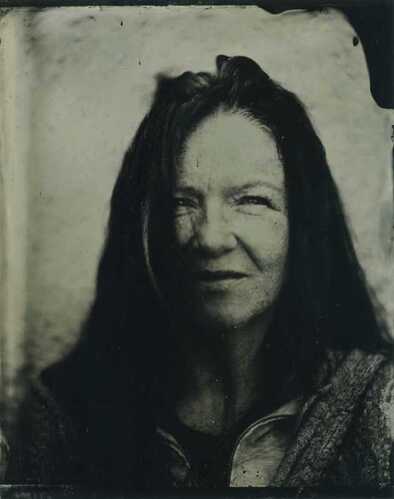|
For a number of years it has been my intention to make wet plate experiments. However, after much research I decided that this was a process I could not begin unaided for I feared that I may either blow myself up or be asphyxiated. Instead I chose to experiment with the more forgiving dry plate process. It was by chance through a friend that I was given the opportunity to attend a one day workshop in Dunbar with a Master of the collodion process, Alastair Cook. The class was intimate in size and included fellow enthusiasts of all things analogue. Each of the students in turn a Master in their own right:
Introductions aside, our workshop commenced with a brief history of the collodion process accompanied by exemplars of pioneering and contemporary practitioners. Alastair then explained how the rich intensity of a collodion print is created. Collodion is sensitive to wavelengths that are not visible to the human eye, the chemistry recording blues and purples as white and deep yellows and reds as black. The science lesson continued with an introduction to the chemistry including health & safety precautions. This part of the workshop made me excited for I did not realise that you could fix collodion with illford chemicals. It had been the cyanide fixer that had concerned me in the past. After demonstrating how to make and process a wet plate collodion tintype, my fellow students and I coated our plates, made portrait exposures of each other then fixed our experiments for review. I drove home impassioned by my workshop and inspired by a group of interesting and clever people. Comments are closed.
|
Archives
July 2024
|
